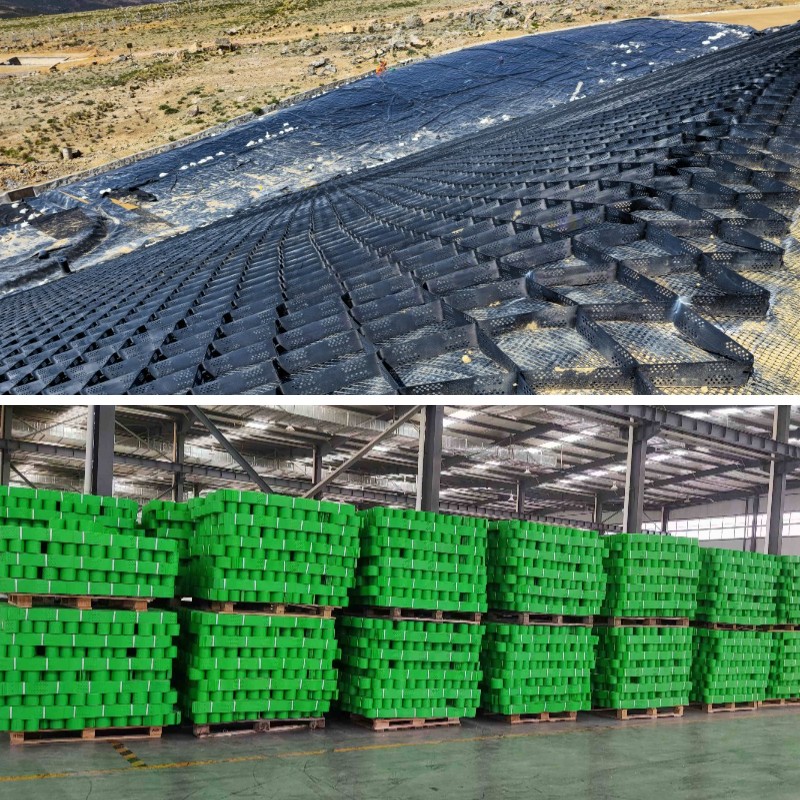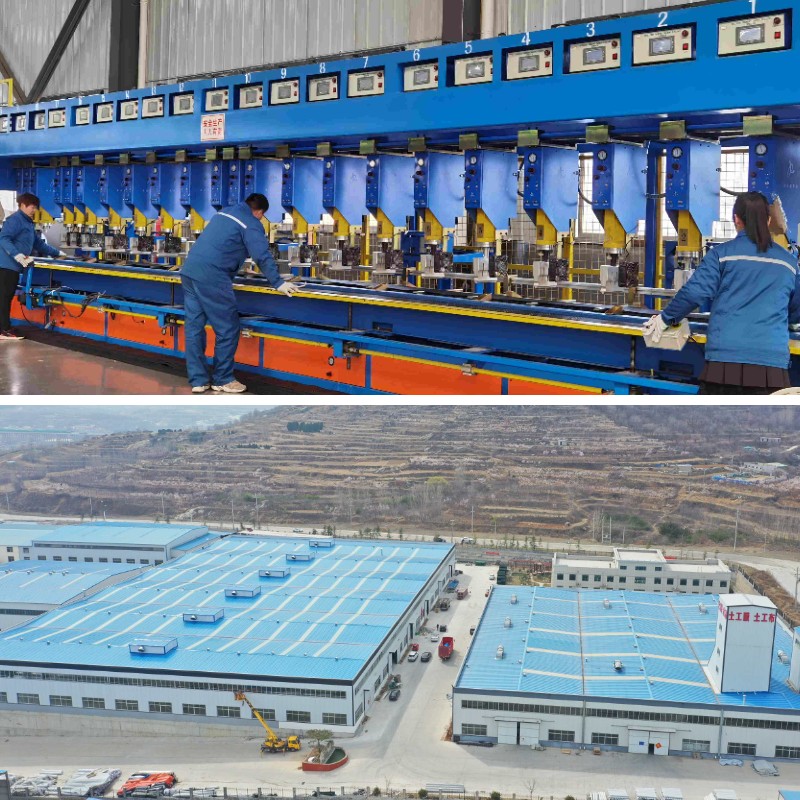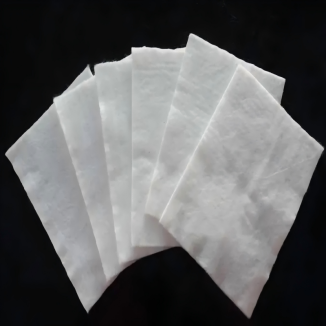The Science Behind Geocell: How Cellular Confinement Actually Works
Have you ever puzzled how heavy vans can power over soft, sandy floor except sinking, or how steep, erosion-prone slopes stay stable? The reply frequently lies now not in a huge concrete structure, however in a modern technological know-how hidden underneath the surface: the geocell. This ingenious engineering answer mimics nature's most environment friendly constructions to create relatively robust and secure ground. But how does it honestly work? Let's dive into the captivating science at the back of cell confinement systems.
What is a Geocell? Unpacking the Honeycomb Structure
At its core, a geocell is a three-dimensional, polymeric internet that expands into a flexible, honeycomb-like mattress when installed. Think of it as a collection of interconnected cells, a great deal like a beehive, that can be crammed with soil, gravel, sand, or even concrete.
The time period Honeycomb Confinement System is frequently used interchangeably with geocell, and for a properly reason. The diagram is a direct imitation of the herbal honeycomb, a shape famend for its remarkable strength-to-weight ratio. This mobile geometry is the imperative secret to its performance, distributing hundreds over a vast region with most efficiency. The cloth is usually a high-density polyethylene (HDPE) or different strong polymer, chosen for its durability, resistance to environmental stress cracking, and long-term performance.
The Core Mechanics: How Cellular Confinement Creates Stability
The magic of a geocell would not come from the polymer itself, however from the three-d machine it creates. The precept is regarded as "cellular confinement," and it works thru a number of key mechanical actions.
1. Lateral Confinement: The Key to All Load-Bearing
This is the most indispensable function. When unconfined, infill substances like sand or gravel are free to pass laterally underneath a vertical load, inflicting them to shift and sink. A Honeycomb Confinement System eliminates this problem. The phone partitions bodily stop the infill cloth from shifting horizontally. This lateral confinement dramatically will increase the shear electricity and stiffness of the infill, successfully turning ordinary, low-quality soil into a composite fabric with the structural houses of a inflexible slab.
2. Improved Load Distribution
The interconnected community of cells acts like a mat, distributing vertical hundreds over a a good deal wider area. When a load is utilized to the surface, the strain is now not centred immediately underneath. Instead, the geocell machine dissipates the stress laterally via the mobile walls, lowering the strain on the susceptible subgrade soil below. This is frequently described as the "snowshoe effect," stopping localized failure and rutting.
3. Vertical Stress Reduction
By confining the infill and distributing the load, the vertical stress transmitted to the underlying subsoil is extensively reduced. This capability that even very smooth soils can assist big hundreds besides experiencing bearing capability failure. This precept is vital to many geocell applications on susceptible subgrades.
4. Increased Apparent Cohesion in Granular Soils
Even cohesionless substances like sand obtain "apparent cohesion" when restrained inside the cells. The confinement creates an interlocking impact between the particles and the telephone walls, permitting the composite machine to withstand tensile and shear forces that the infill fabric by myself should not.
Material Matters: The Role of Polymer Science
The effectiveness of a geocell is no longer simply in its structure however additionally in its cloth composition. Modern geocells are engineered from superior polymers, with HDPE being a frequent choice. These substances are designed to be:
Flexible but strong: They can stand up to set up stresses and deform besides brittle failure.
UV Resistant: Additives make certain they do not degrade when uncovered to daylight earlier than being included with infill.
Chemically Inert: They withstand degradation from soil chemicals, making sure a lengthy diagram life.
Durable: They possess great creep resistance, which means they keep their energy and structure underneath long-term loading.
The satisfactory of the polymer and the welding of the seams are integral for the long-term overall performance of the whole Honeycomb Confinement System.
From Theory to Terrain: Diverse Geocell Applications
Understanding the science in the back of this science helps provide an explanation for its good sized vary of uses. The versatility of geocell applications is a direct end result of its core mechanical principles.
Soil Stabilization on Weak Subgrades
This is one of the most frequent geocell applications. In street and railway building over gentle clay, peat, or silt, the geocell layer creates a steady working platform, stopping the combination base direction from sinking into the tender soil and making sure long-term pavement performance.
Slope and Channel Protection
Erosion manage is a fundamental mission on slopes and in drainage channels. A Honeycomb Confinement System crammed with soil and vegetation (or concrete) gives outstanding resistance to floor erosion from water waft and rainfall. The cells lock the shielding layer in place, stopping washouts and merchandising the increase of stabilizing root systems.
Earth Retention and Load Support
For maintaining walls, the backfill fabric is limited the use of a geocell facing, developing a coherent, gravity-resistant structure. In parking lots, storage yards, and get admission to roads for heavy equipment, a geocell layer ensures the floor stays steady and rut-free underneath repeated heavy loads, a fundamental utility for many industrial geocell applications.
Sustainable Solutions
The geocell promotes sustainability by means of lowering the want for quarrying and transporting gorgeous virgin aggregate. It permits engineers to use regionally available, on-site infill materials, appreciably reducing the carbon footprint of development projects. This environmentally pleasant component is turning into a cornerstone of contemporary geocell applications.
Conclusion: A Simple Idea with Profound Engineering Impact
The geocell is a ideal instance of biomimicry and clever engineering. By grasp and harnessing the ideas of lateral confinement and load distribution, this easy Honeycomb Confinement System solves some of the most power challenges in geotechnical engineering. It transforms weak, unstable floor into a strong, dependable foundation, enabling safer and greater budget friendly development throughout a extensive spectrum of geocell applications. The subsequent time you see a avenue constructed on a swamp or a secure slope in a rainstorm, you may simply be searching at the hidden energy of mobile confinement at work.
Contact Us
Company Name: Shandong Chuangwei New Materials Co., LTD
Contact Person :Jaden Sylvan
Contact Number :+86 19305485668
WhatsApp:+86 19305485668
Enterprise Email: cggeosynthetics@gmail.com
Enterprise Address: Entrepreneurship Park, Dayue District, Tai 'an City,
Shandong Province








